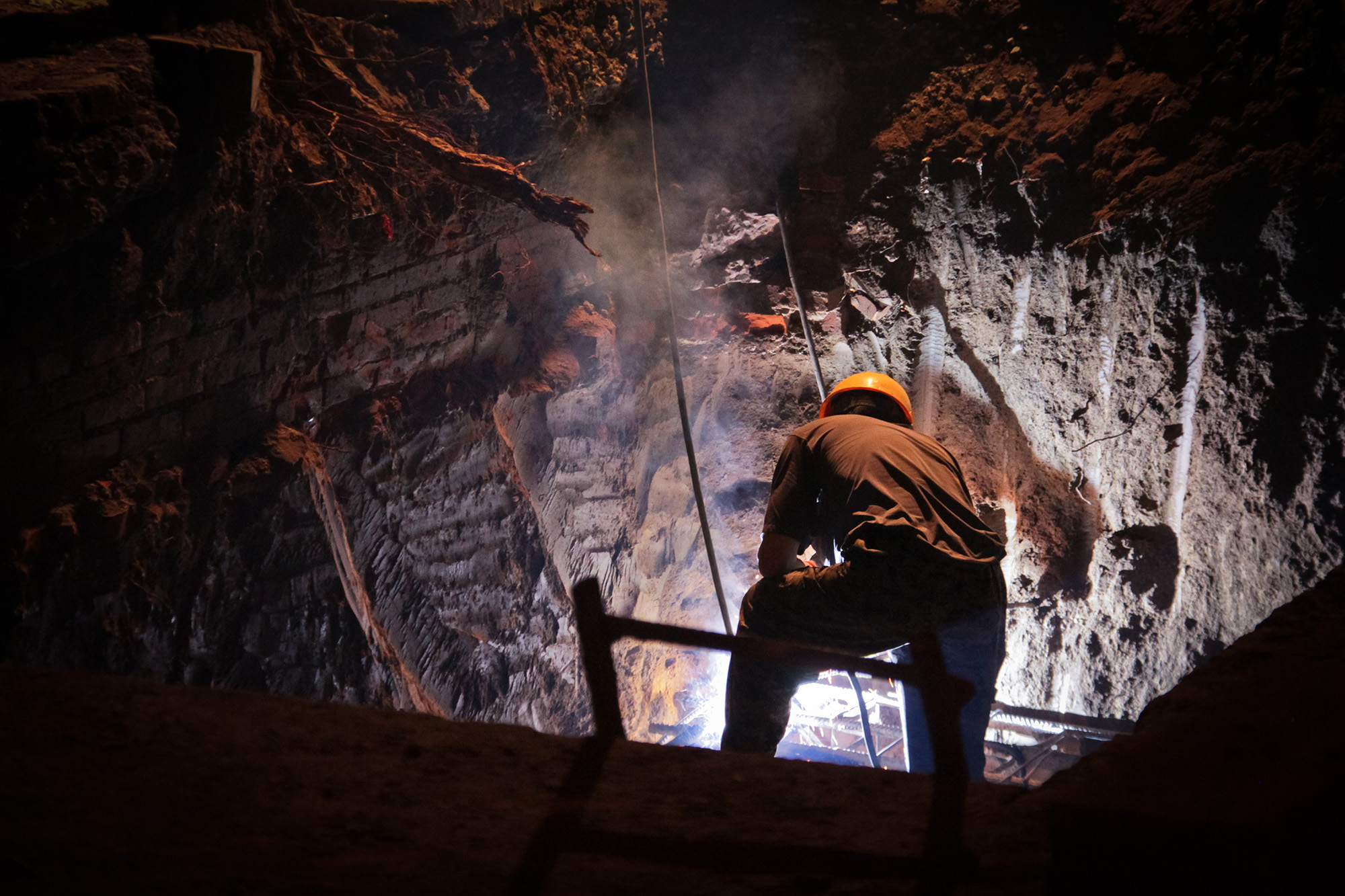
1.1: Understanding the Basics of Coal Bursts
Coal bursts represent one of the most significant hazards faced in underground coal mining. While they are less well-known than events such as cave-ins or gas explosions, the threat they pose to miners’ safety is no less critical. To put it simply, coal bursts are violent failures of the coal and rock mass in a mine, wherein high-stress coal pillars or walls suddenly fail, resulting in the explosive ejection of coal and rock into the mine workings. These events can occur without warning, causing serious injury or even death to those in the vicinity.
1.2: The Significance of Coal Bursts in Mining Operations
The impact of coal bursts extends beyond immediate human safety concerns. These sudden events can lead to significant operational disruptions, halting mining activities and requiring substantial efforts to secure the affected area and ensure ongoing safety. Coal bursts can cause serious damage to mining equipment and infrastructure, which can result in considerable repair and downtime costs.
Further, in regions prone to coal bursts, these incidents shape the planning and design of mining operations. Understanding the risks associated with coal bursts is crucial to developing robust safety measures, efficient mining methods, and effective emergency response plans. Hence, awareness of coal bursts and the factors that contribute to them is vital, not only for those involved in the mining industry but also for regulators and policy-makers who aim to ensure safe and responsible resource extraction.
In this article, we delve into the world of coal bursts, examining their causes, impacts, and the strategies used to predict and prevent them. By understanding coal bursts in greater depth, we can continue to improve the safety and sustainability of coal mining operations.
In the next chapter, we will delve into the scientific principles behind these sudden, violent events, exploring the geological and stress-related factors that contribute to coal bursts. Understanding these aspects is key to predicting where and when coal bursts may occur and developing effective strategies to mitigate their risks.







